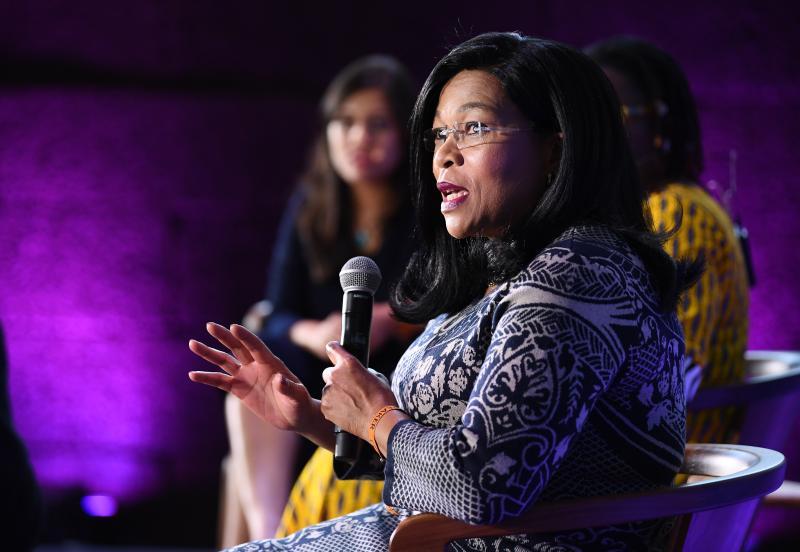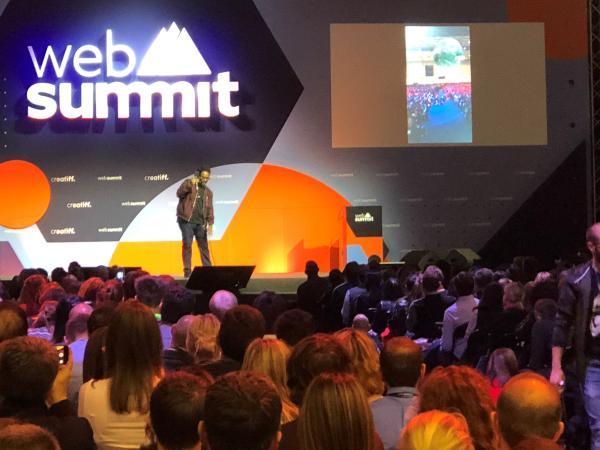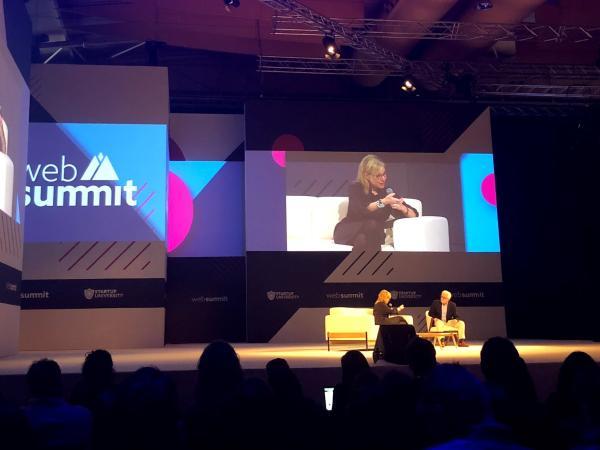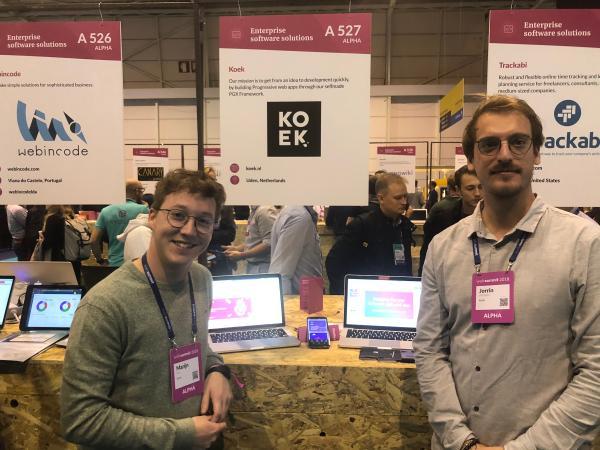Should every new technology get a chance to shine?
I wasn’t sure what to expect at my first Web Summit. I had heard there would be a chance to hear impressive speakers and meet likeminded individuals. I wasn’t prepared for the scale and diversity of this mega-event.
Having completed the three-day conference, here are some things I learned.
1. Technology is touching all areas of life
Perhaps this was apparent to most people, but I was surprised by the breadth and variety of topics, companies and speakers at the summit. The stands and sessions represented everything imaginable, from solutions for the homeless to shakeups in the fashion industry.
One sessions I attended, for example, was a panel discussion on digital human rights with a UN commissioner and then another one was a tech journalist interviewing a mixed-martial arts fighter about pre-fight routines and Instagram.
If it wasn’t for the handy Web Summit app, which gave a personalised overview of all sessions, as well as individuals and companies, I would have felt overwhelmed.

Tim Berners-Lee, Web Foundation, interviewed by Laurie Segall, CNN, on the Centre Stage at the Web Summit 2018
2. The summit makes headlines
Unfortunately, due to the quality and number of the seminars and individuals at the summit, I could not make it to the big name speakers or panels. As I browsed my news feed, however, it was clear that people and companies were making headlines.
From discussing a global contract to maintain an open Internet to responding to US elections and curbing radicalisation, the summit was in the headlines regularly.
One troubling soundbite that stood out was Tim Berners-Lee, creator of the Internet, stating that, while half the world’s population was expected to be online in 2019, the percentage of people gaining Internet access is slowing, creating a widening “digital divide.”

Mmantsetsa Marope, Director of the International Bureau of Education, UNESCO, on the Forum Rostra Stage
3. Women in technology
Recent employee walkouts at Google show that this issue is alive in the technology industry. Women have been sidelined from technology for too long and it appears the organisers of the Web Summit understand this.
We can't find the answers we need without women involved.
I did not attend a panel or a talk where a woman was not present or leading the conversation. Compared to other technology conferences I have attended, this was very refreshing.
4. Should every technology have its day to shine?

Ambarish Mitra, CEO of Blippar, demonstrates Augmented Reality
Some new technologies are talked about or demonstrated for years before becoming useful in everyday life. Voice technology is a good example. Companies are still trying to integrate it into new products and services.
Perhaps it is now augmented reality’s time to shine. This technology, which adds a layer of information over a display screen (using a smartphone or a headset) seems to be catching on more and more.
However, perhaps we should give augmented reality (AR) another 5-7 years. That is according to Ambarish Mitra, CEO of Blippar, an AR company from the UK.
There is great potential with this technology to overlay information that can be monetised, like virtual advertising billboards on real world buildings. Technology companies so far seem to be against this. We’ll see how this develops.

Paddy Cosgrave, CEO, Web Summit, backstage on Centre Stage during the Web Summit 2018 Opening Ceremony
5. Big companies may draw people, but not always insight
At this Web Summit, I learned to be more cautious when I see a big-name technology company sponsoring a talk by the “Chief of Product/Marketing/[insert department]/.”
When talking about their products or communications, these executives throw around buzzwords like “agility,” “revolutionary” and “innovation” with aplomb. They use the stage to share their company’s grand user metrics and global successes.
But I did not hear valuable insights. For someone hoping to learn from industry leaders, this was disappointing. Next time, I’ll steer clear.
6. Branding is for products, not people

Debbie Millman, CEO, Design Matters Media, speaking with Eric Schurenberg, CEO & Editor-in-Chief, Inc and Fast Company
Inevitably, at a conference like the Web Summit, you hear talks from people who are the “perfectly branded professional.” Their business card includes their name made into a logo. Their presentation screams “innovative.” They speak in sound bites, so you can easily tweet their sentences.
According to Debbie Millman of the Design Matters Podcast, brands are “just a construct” and “people should not aspire to be them.”
Brands only really become successful by the manufactured meaning we attribute to them. People, however, are always changing; we are complex.
If we aspire to be brands, we aspire to be manufactured constructs
Millman made the point that we only imprison ourselves if we make ourselves a brand. It was refreshing to hear someone say this and will make me think twice before redesigning my business cards.
7. Lisbon does this well
The Web Summit has signed a deal with Lisbon for the next 10 years, and this does not surprise me.
Everywhere I went in the city during the week, the Web Summit had a presence. From a registration marquee at the airport and guiding signs on metros, to friendly volunteers and staff directing and answering all questions. Even the police seemed happy to help. It was incredibly smooth and very well run.

Attendees make their way to the main stage for the Web Summit 2018
8. Innovation is alive and well, but supporting innovation is also important
Walking the Web Summit floors and meeting entrepreneurs and startup professionals, I was amazed by their technical ability, creativity and personal drive.
Each person had an idea that would solve a real problem. They had come to the summit to show off their products or services, some launched after just a few months of development.

Marijn Tax and Jorrin Wristers, UX designer and Business Development Project Manager, Koek
However, they still face challenges. These ranged from recruiting users or conveying complex concepts to hiring the right talent, growing the business or connecting with the right people.
As one entrepreneur (Jorrin Wristers, business development project manager of Koek) put it, there is a big desire to form meaningful connections for advice, support and direction.
Many people highlighted Silicon Valley for the support it gives startups and its ability to connect the right people. For innovation to thrive, we need to grow the supporting structures.
For more information about how the Bank and the European Investment Fund support startups, see http://accesstofinance.eu. Also check out our involvement at the Web Summit.
